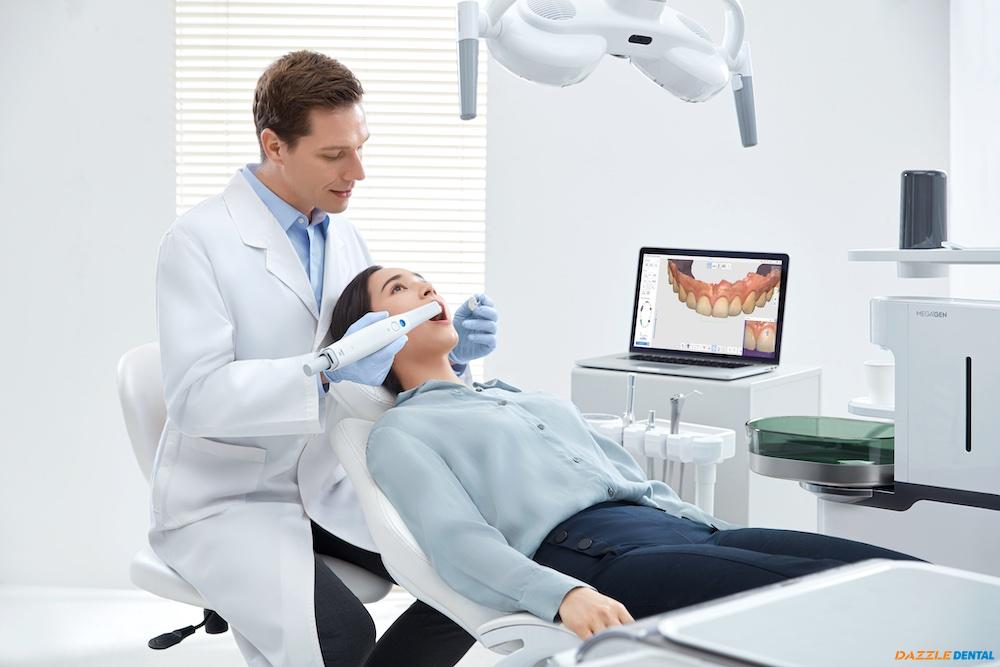The dental industry has witnessed an influx of technological advancements over the years, and digital dentistry is at the forefront of this revolution. This innovative approach to dental care, integrating digital and computer-controlled components instead of traditional mechanical or electrical tools, is transforming dentistry into a more efficient and patient-friendly sphere. This article takes a closer look at the rise of digital dentistry, its potential, and the challenges it faces.
Demystifying Digital Dentistry
Digital dentistry involves the use of digital technologies or devices that digitize data, replacing the older mechanical or electrical tools used in dental procedures. Notably, Computer Aided Design (CAD) and Computer Aided Manufacturing (CAM) techniques have significantly improved the field of dentistry, offering superior levels of precision, efficiency, and comfort for the patient.
The digital approach has also expedited several dental procedures, from creating crowns and bridges to dentures and veneers, drastically reducing the time patients spend in the dentist’s chair. Digital dentistry has made treatments more efficient and precise, making it an attractive proposition for both practitioners and patients.
Impressive Market Growth
According to the Data Bridge Market Research, the digital dentistry market, valued at USD 915.6 million in 2021, is predicted to surge to USD 1784.61 million by 2029, with an impressive Compound Annual Growth Rate (CAGR) of 8.7%. This substantial growth is fueled by a combination of increasing demand for improved dental procedures, the desire for better aesthetic outcomes, and the rising disposable income that makes patients more willing to invest in dental care.
Global Presence and Opportunities
Digital dentistry has garnered global attention, with a market spanning across North America, Europe, Asia-Pacific, Middle East, Africa, and South America. The advent of this technology has provided a much-needed boost to oral health care in both developed and developing countries.
Technological advancements, coupled with increased awareness about oral health, are driving significant growth in regions like Asia-Pacific and Middle-East & Africa. North America and Europe also remain robust markets due to the high number of dental practices, technological progressions, an aging population, and the presence of key market players in these regions.
Navigating the Challenges
Despite the positive outlook, the digital dentistry market is not devoid of challenges. One of the significant hurdles is the high cost of dental laboratory work in high-wage locations like Western Europe and the United States. Additionally, the appearance of comparatively low-priced products might impede the extension of the digital dentistry market.
The COVID-19 pandemic has also delivered a blow to the market as elective dental procedures were postponed during the peak months, negatively affecting the sales of CAD/CAM systems.
The Road Ahead
While digital dentistry faces some challenges, its potential and benefits are hard to ignore. Dental practitioners worldwide are beginning to recognize the advantages of investing in digital dentistry, contributing to the market’s growth. Patients, too, are becoming more educated about the benefits of CAD/CAM and other digital dentistry techniques, further driving market expansion.
In this dynamic landscape, key market players such as Apteryx Inc., 3M, KaVo Dental, Planmeca OY, Biolase Inc., AstraZeneca, and others play a critical role in shaping the future of digital dentistry through continued innovation and research.
In conclusion, the impact of digital dentistry is undeniable. With continued technological advancements and growing awareness about oral health care, digital dentistry is poised to redefine our dental experiences, making them more efficient, precise, and comfortable. As we venture into the future, digital dentistry stands as a testament to how innovation can revolutionize an industry and better our lives.
